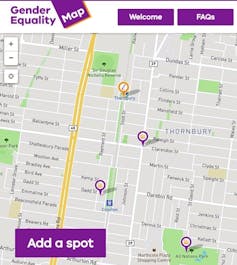The GovLab: “Open justice is a growing movement to leverage new technologies – including big data, digital platforms, blockchain and more – to improve legal systems by making the workings of courts easier to understand, scrutinize and improve. Through the use of new technology, open justice innovators are enabling greater efficiency, fairness, accountability and a reduction in corruption in the third branch of government. For example, the open data portal ‘Atviras Teismas’ Lithuania (translated ‘open court’ Lithuania) is a platform for monitoring courts and judges through performance metrics’. This portal serves to make the courts of Lithuania transparent and benefits both courts and citizens by presenting comparative data on the Lithuanian Judiciary.
To promote more Open Justice projects, the GovLab in partnership with the Electoral Tribunal of the Federal Judiciary (TEPJF) of Mexico, launched an historic, first of its kind, online course on Open Justice. Designed primarily for lawyers, judges, and public officials – but also intended to appeal to technologists, and members of the public – the Spanish-language course consists of 10 modules.
Each of the ten modules comprises:
- A short video-based lecture
- An original Open Justice reader
- Associated additional readings
- A self-assessment quiz
- A demonstration of a platform or tool
- An interview with a global practitioner
Among those featured in the interviews are Felipe Moreno of Jusbrasil, Justin Erlich of OpenJustice California, Liam Hayes of Aurecon, UK, Steve Ghiassi of Legaler, Australia, and Sara Castillo of Poder Judicial, Chile….(More)”.


